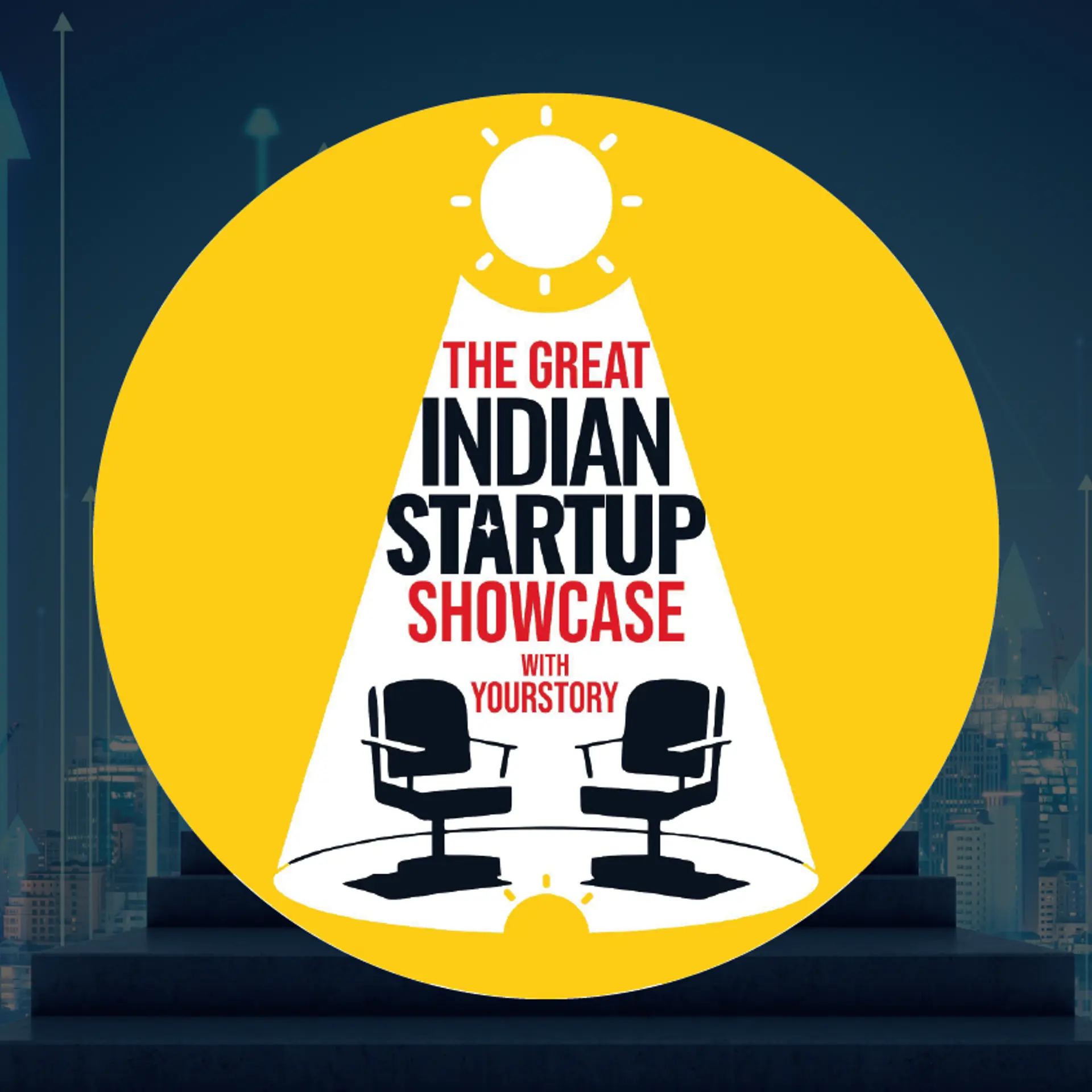How Freshworks’ Girish Mathrubootham is readying to create an iPhone-like moment in B2B SaaS
India Inc has been waiting for a domestic company to conquer the world. Now, Girish Mathrubootham and Freshworks seem to be on track with 35,000 paying customers.
Girish Mathrubootham, or “G” as he is referred to among his colleagues at Freshworks, set the tone for a revolution in 2010. The success of his startup led to the branding of India as a B2B SaaS destination, and he’s now raised the bar higher with plans to go for an initial public offering (IPO) in the US, which is his long pending dream.
He says, ''Imagine a product company from India going IPO in the USA. But, I cannot give you a time for the IPO. The vision is there,'' says Girish.
This IPO, if it happens, has been a long time coming from an Indian company. It comes 20 years after Infosys listed on the Nasdaq. The rest, as we all know, is history.

Girish Mathrubootham
As a young aspiring entrepreneur, Girish left Austin, Texas, with the idea of making customer support accessible to all in 2010. He wanted to ensure that small businesses were proactive over customer queries in the world of social media, Twitter or Facebook, and he a caught on to a business opportunity because products that were serving customers, at the time, were expensive and really did not help SMBs in customer support.
Big thinking, smart execution
Since then, Girish and Shan Krishnaswamy, his co-founder, have shown the world where big thinking and smart execution can take a startup.
Freshworks focused on the global market with a single product, in customer support, and was an instant success. Between 2011 and 2015, the company targeted thousands of SMEs, which paid it $150 on an average per month to use its support applications. Soon, thousands of SMBs signed into the easy-to-use and intuitive customer support application (FreshDesk back then).
“We went after the long tail of SMBs, which would buy one or two products; most of the sales were in-bound. Our teams sitting out of Chennai would close at least 25 business deals a month,” Girish recalls.
Walking down the IPO path
Four years later, the company stands at a multibillion-dollar valuation ($1.5 billion at this very moment) and is poised to be the first product company from India that could go the IPO route.
With 35,000 paying SMBs, mid-market and enterprise customers across the globe, Freshworks now reaches 220,000 customers.
Last year, the company achieved $100 million ARR and achieved unicorn status. So what was the reason for its success?
Girish says it banks on its core values - simplicity, ease of use, and intuitive features. It has several products today and has broken into Gartner's Magic Quadrant, previously dominated by traditional IT, in three categories.
No wonder global names such as Shaquille 'O' Neal, the famed basketball player, are part of Freshworks events in the US.
Freshworks is disrupting traditional CRM, ITSM, Customer Support, and Marketing Automation with its complete customer engagement suite, Freshworks360. This way, it is beating the old way that enterprises looked at IT, where there were isolated applications that didn't connect to each other and isolated teams.
The startup enables an organisation to have a single view of the entire sales and marketing, creating a stronger revenue-focused organisation.

Breaking the siloed IT approach
Today, Girish is keen to create an iPhone-like moment in the B2B industry by breaking this siloed IT approach. If he has his way, it seems possible that he will become a true SaaS superhero.
Here’s why.
After 2015, enterprises like Burger King, 3M, and others were buying 200 or 300 licences from Freshworks. The company realised that it had to go after the mid-market segment, and today enterprises are buying not just one product in sales or marketing; they are signing multi-year contracts with Freshworks.
“We spend a lot of time iterating on the products we release and we also price them in a way that they turn profitable as soon as possible,” Girish says.
The two ways to measure a SaaS business are to look at payback period and lifetime value, and customer acquisition cost as a metric. The average recovery cost for an application per user is 10 months and the average life cycle of usage is for four years. Anything over the first year is a straight profit to the books of Freshworks.
“You have to remember that we are looking at one product, but our customers, in the course of that journey, add several other products and hence the timeline to profits is faster too,” Girish says.
The company at present gets 50 percent of its revenue from mid-market and enterprises; the rest comes from SMBs.
Focus on values and vision
Girish is a simple man, keen to learn and be the best at executing strategies. He recently spent time with the founders of Palo Alto Networks to understand organisational vision as the company scales its revenues.
“One thing you do as a CEO is to consistently reiterate the values and vision. I find myself repeating things over and over again. This is necessary as you grow the company and scale,” Girish says.
Being one of the very few product companies from India to conduct a global conference in Las Vegas, Freshworks has created a large fan following in the form of a community of developers. Their developer and customer conference is called ''Refresh'' and is a platform campaigning against the use of expensive enterprise software.
It has 750 apps in its marketplace. This may look insignificant for people used to B2C app stores like Google Play Store, but in a B2B sense, this is significant.
“I believe we can build a great company and create wealth with VC money. Lot of people ask me about an IPO. I don't want to make promises to them. But think about the possibilities. Today VCs want to look at India's B2B startups because of frugal and democratic design. However, startups must earn the respect of their customers by engineering great products,” Girish says.
It is common knowledge that the illustrious founder is passionate about Tamil cinema, is a self-confessed Rajinikanth fan, and loves his cars. The latter are things that came with the wealth he created for the company. “G” seems to have gone from good to great!
The IPO, as and when it happens, will make this product engineer blessed with the skill to create a strong narrative a significant industry leader in the world.
(Edited by Teja Lele Desai)



![[Techie Tuesday] Meet STS Prasad who built databases and algorithms for Amazon and Walmart Labs...](https://images.yourstory.com/cs/2/b3bfb136ab5e11e88691f70342131e20/STS1569864282276png?fm=png&auto=format&h=100&w=100&crop=entropy&fit=crop)






